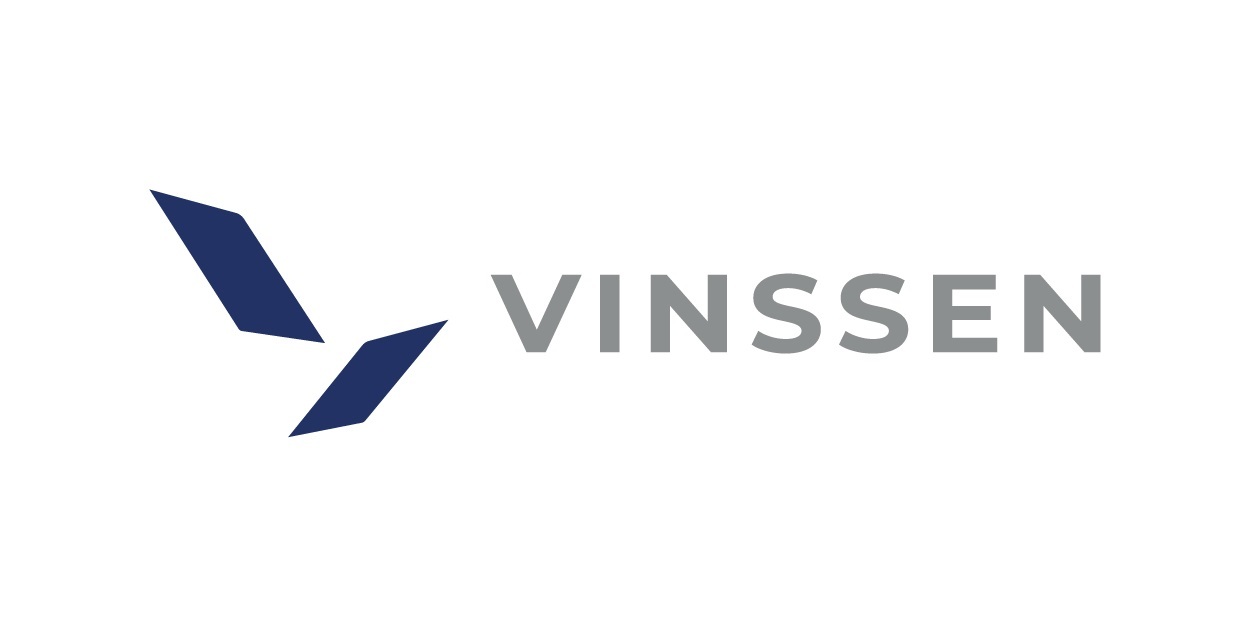 |
(kbw@heraldcorp.com) |
A major US ride-sharing company will operate electric water taxis powered by Samsung SDI batteries near the Golden Gate Bridge next year.
According to industry sources on Monday, the San Francisco-based startup will operate three electric water taxis -- each loaded with 220 kilowatt-hours of Samsung SDI batteries -- in the Golden Gate Strait starting in the second quarter of next year.
The price of the electric water taxi is around $280,000 and it can carry one driver and six passengers. The service will be available via the company’s ride-hailing app.
“A total of five electric water taxis are being built in South Korea and three of them will be shipped to the US in April. The other two will be operated in Korea,” a high-ranking official told The Korea Herald.
The manufacturer of the electric water taxis is Vinssen, an eco-friendly small vessel maker based in Korea. Vinssen is expected to sign a letter of intent with the US ride-hailing firm and finalize the deal by February, the official added, declining to make public the name of the company.
The US service provider will not only offer the three electric water taxis to the public, but also use them as shuttles to pick up and drop off employees working at its headquarters.
Meanwhile, Vinssen is considering operating two of its electric water taxis on the Han River in Seoul.
To compare, 220 kilowatt-hours of Samsung SDI batteries mounted on each electric water taxi is about three times greater in capacity than the 72.6 kWh of batteries inside Hyundai Motor’s Ioniq5. Simply put, supplying batteries to five electric water taxis would be equivalent to selling batteries to 15 units of the Ioniq5.
Industry watchers say that the deal signals Samsung SDI’s entry into the eco-friendly ship market, where electrification is in full swing. Through the partnership with Vinssen, Samsung SDI could bag additional supply deals, they say.
Vinssen is currently developing a hydrogen fuel cell and electric battery system to power a tanker with Singapore-based global shipping company Navig8. It also aims to develop a new system that can power a 400-meter ship by 2026.








